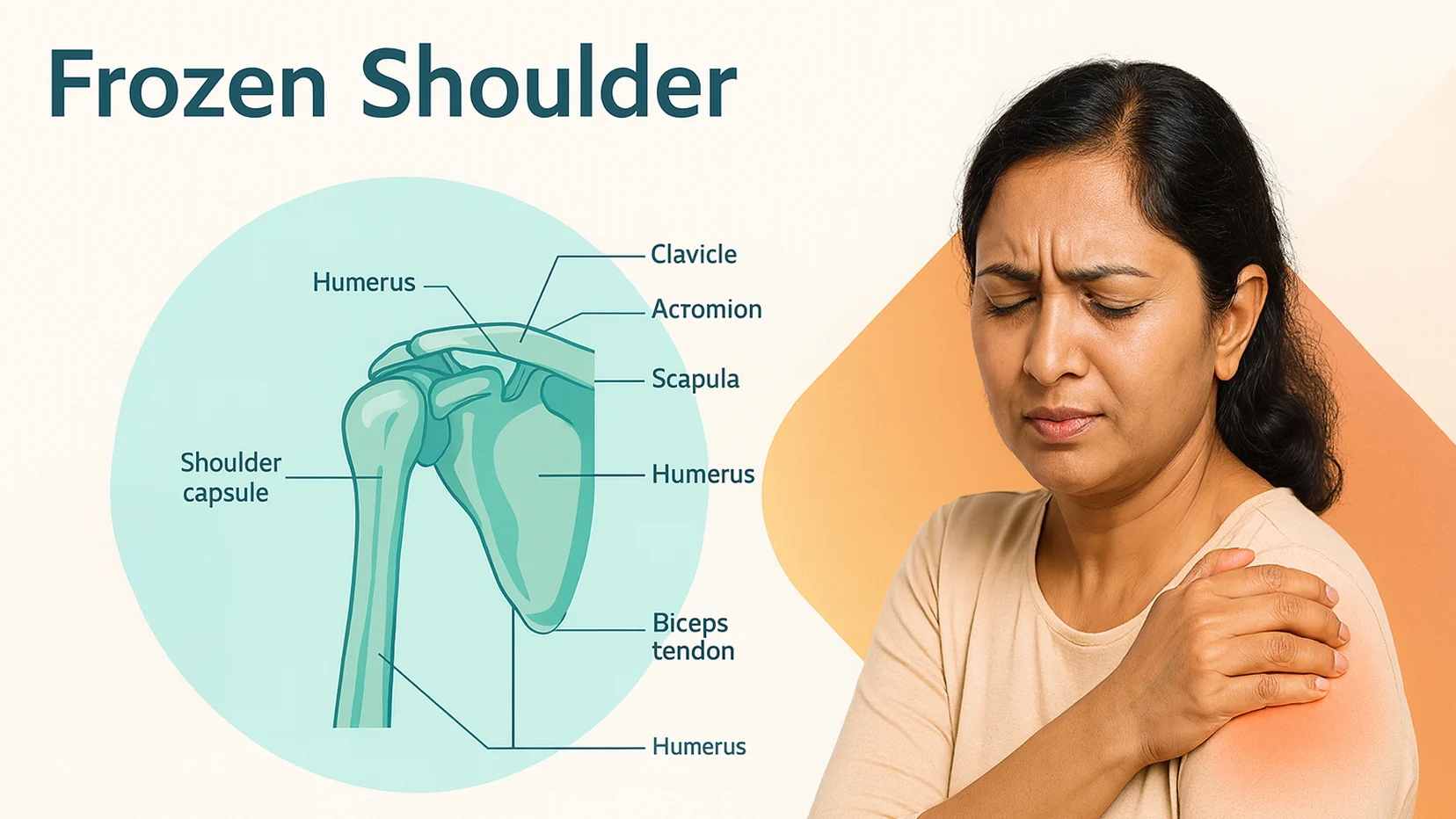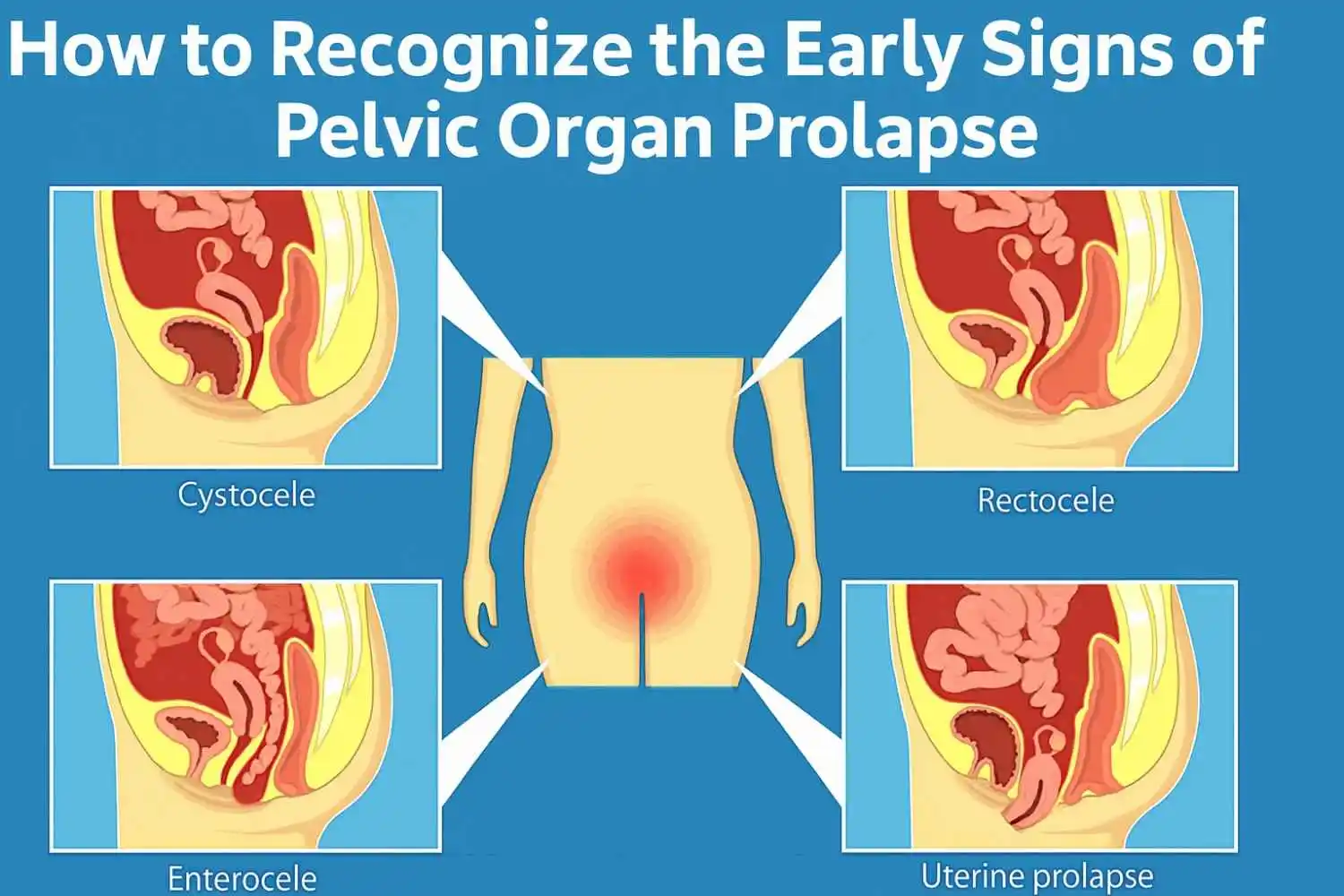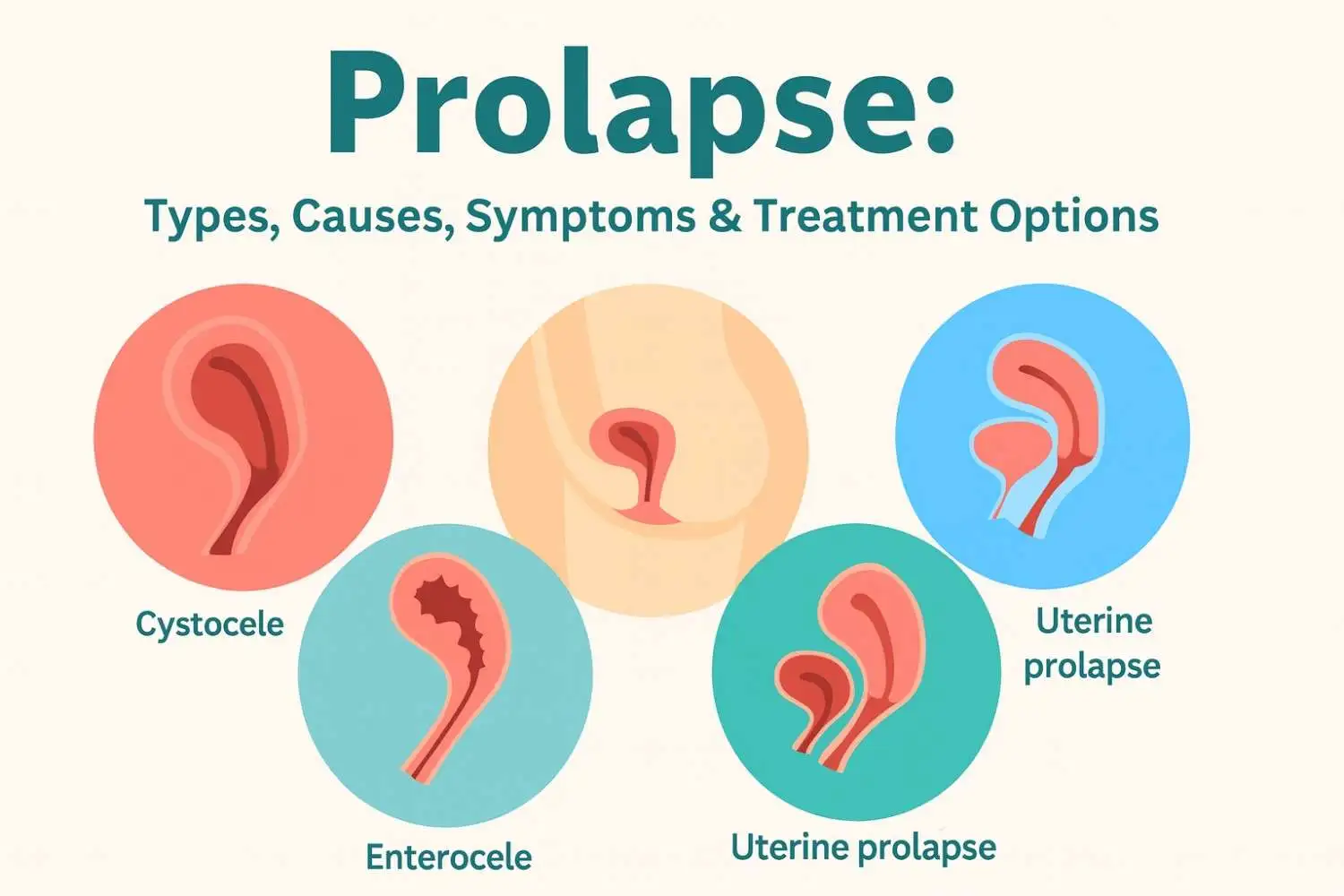




Author: Dr. Garima Bishwas
Yoga 0
A wrist fracture can significantly affect daily activities like writing, cooking, or lifting objects. After the bone heals, many people are surprised to find lingering stiffness, pain, or weakness. This is where wrist fracture physiotherapy becomes crucial.
Physiotherapy after a wrist fracture helps restore lost movement, reduce stiffness, and rebuild strength in the wrist and hand muscles. It not only accelerates recovery but also ensures that the wrist regains its full functional capacity.
Typically, physiotherapy treatment for a broken wrist begins once the cast is removed or after surgical fixation when your doctor confirms bone healing stability. Starting early, under professional supervision, is key to a successful recovery.
Goals of Wrist Fracture Physiotherapy
The main goals of wrist fracture physiotherapy include
-
Restore joint flexibility: Improve range of motion in the wrist, fingers, and forearm.
-
Improve wrist and hand strength: Rebuild muscle strength for daily functions.
-
Reduce pain and stiffness: Relieve post-cast tightness and inflammation.
-
Prevent long-term complications: Avoid issues like tendon adhesions or nerve compression.
-
Return to daily and work activities: Help patients resume normal tasks safely and confidently.
Phases of Physiotherapy After Wrist Fracture
Physiotherapy progresses in structured phases to ensure safe recovery and gradual improvement.
Phase 1: Immobilization Period (During Cast)
Focus: Maintain shoulder, elbow, and finger mobility while the wrist remains immobilized.
Recommended Exercises:
-
Gentle finger bending and straightening
-
Shoulder rotations to prevent stiffness
-
Elbow flexion and extension
-
Light gripping using a soft sponge (if permitted)
These exercises promote circulation and prevent stiffness in surrounding joints.
Phase 2: Post-Cast Removal (Early Mobilization)
Focus: Regain wrist motion and reduce stiffness.
Techniques Used:
-
Passive wrist flexion and extension with therapist assistance
-
Wrist rotations (supination and pronation)
-
Soft tissue massage to release tension and scar tissue
-
Heat therapy to improve flexibility before stretching
This phase often requires patience—gentle and frequent movement is more effective than forcing motion.
Phase 3: Strengthening Phase
Focus: Build muscle strength and grip power once mobility improves.
Exercises Include:
-
Grip strengthening using a stress or therapy ball
-
Wrist curls with light dumbbells
-
Resistance band exercises for wrist flexion, extension, and rotation
-
Functional training, like lifting light household objects
Gradual strengthening ensures the wrist can handle daily stress without pain or re-injury.
Phase 4: Functional & Return-to-Activity Phase
Focus: Restore full function and coordination for daily or work-related activities.
Includes advanced exercises such as
-
Weight-bearing activities (e.g., wall push-ups)
-
Hand-eye coordination drills
-
Gradual reintroduction of sports or occupational tasks
This phase marks the transition from healing to performance.
Wrist Physiotherapy Techniques Used
A professional physiotherapist may combine several techniques to enhance healing:
-
Manual Therapy: Gentle joint mobilizations and soft tissue release to reduce stiffness.
-
Electrotherapy: Modalities like ultrasound, TENS, or laser therapy to relieve pain and swelling.
-
Hydrotherapy: Warm-water exercises to increase flexibility and comfort during movement.
-
Kinesio Taping: Used to support healing tendons and reduce swelling without limiting motion.
These techniques accelerate healing and ensure pain-free wrist function.
Home Exercises for Wrist Fracture Recovery
Home exercises are vital to maintain progress between therapy sessions. Here are some effective hand and wrist rehab exercises:
-
Wrist circles: 10 reps × 2 sets
-
Finger stretches: Open and close fingers fully.
-
Wrist flexion and extension: With light resistance or gravity
-
Grip ball squeezing: 10–15 reps × 2 sets
-
Forearm pronation/supination: Slowly rotate palm up and down.
These exercises improve wrist movement after a fracture, enhance blood circulation, and prevent stiffness.
Exercise Table for Wrist Fracture Home Program
|
Exercise Name |
Repetitions |
Frequency |
|
Wrist Circles |
10 × 2 |
Twice daily |
|
Finger Stretches |
15 × 2 |
Twice daily |
|
Wrist Flexion/Extension |
10 × 2 |
1–2 times daily |
|
Grip Ball Squeezing |
10–15 × 2 |
2–3 times daily |
These exercises improve wrist movement after a fracture, enhance blood circulation, and prevent stiffness.
Wrist Fracture: Common Mistakes to Avoid
Avoiding common mistakes ensures faster and safer recovery:
-
Starting heavy exercises too early
-
Ignoring pain or swelling
-
Skipping physiotherapy appointments
-
Not following prescribed home exercises
-
Comparing recovery speed with others
Consistency and gradual progression are the keys to success.
Wrist Fracture Expected Recovery Timeline
Recovery duration varies depending on fracture type and treatment method:
|
Type of Fracture |
Expected Recovery Duration |
|
Mild fracture (non-displaced) |
4–6 weeks |
|
Moderate fracture |
6–8 weeks |
|
Surgical case (plate/screws) |
8–12 weeks or more |
Visual Timeline Example:
Weeks 0–4: Cast period—maintain mobility in fingers and elbow
Weeks 4–6: Start gentle wrist motion post-cast.
Weeks 6–10: Begin strengthening phase
Weeks 10–12+: Functional retraining and full activity
Role of Wrist Fracture Physiotherapist
Your physiotherapist plays an essential role in guiding your recovery:
-
Creating a personalized plan based on fracture type and healing progress
-
Monitoring improvements and adjusting exercise intensity
-
Preventing complications like post-fracture wrist stiffness or Complex Regional Pain Syndrome (CRPS)
-
Providing education on correct posture, ergonomics, and safe return to activities
Regular follow-ups ensure long-term success.
Tips for Faster Wrist Fracture Recovery
Follow these practical tips for optimal healing:
-
Adhere strictly to your exercise schedule.
-
Eat calcium- and protein-rich foods for bone strength.
-
Stay consistent with therapy, even after pain subsides.
-
Use heat or a warm compress before exercises for flexibility.
-
Avoid overexertion or high-impact activities too soon.
Listening to your body and maintaining discipline accelerates recovery safely.
Summary
Physiotherapy after a wrist fracture is vital to restore movement, minimize stiffness, and rebuild strength. A structured program that includes manual therapy, mobility drills, and strengthening exercises ensures complete wrist recovery. With consistent guidance from your physiotherapist and dedicated home practice, most individuals regain full wrist function within 6–12 weeks.
Final Note:
If you’ve recently experienced a wrist fracture, don’t ignore stiffness or weakness once the cast is off. Early wrist fracture physiotherapy ensures a faster, safer, and more complete recovery. Consult a certified physiotherapist for a personalized recovery plan that gets your wrist moving again—stronger than before.
Frequently Asked Questions
Add comment



















.webp)





.jpg)






































